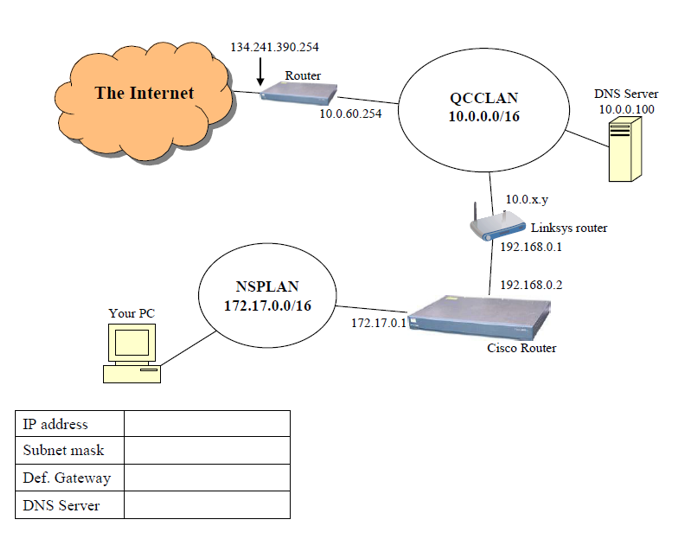

- How to check added dns servers mac how to#
- How to check added dns servers mac full#
- How to check added dns servers mac plus#
"There is no certificate in keychain which has neagent in its ACL."ĭuring the initial state, the client's Mac machine were running Mac VIA 2.9, along with a complete certificate chain. I'm sorry for heading off topic, but the initial problem were raised to our knowledge when the certificate was about to expire, and the user device got re-provisioned. After the re-provisioned process, the user were prompted with the following message: Note: The settings for the DNS server had to be configured manually under the Wireless Network adapter, due to no changes to the VIA connection adapter were allowed. Reachable, Transient Connection, Connection Required, Automatic Connection On Demand" networksetup -setdnsservers Wi-Fi 208.67.222. Please read the command parameters carefully to know what that command is going to do on your machine.
How to check added dns servers mac plus#
Now click the + plus button to add a new DNS server, and enter: 1.1.1.1.
How to check added dns servers mac how to#
So how to change DNS on the computer Let's find out how Benefits of changing DNS on a computer: - Help speed up web browsing. Select Wi-Fi from the sidebar and then click on the Advanced button. Changing DNS on your computer is to change the DNS servers of the area you set up, so the network connection will be more stable.

How to check added dns servers mac full#
When Terminal launches, type in the following command and press Enter. Here are the full steps: Go to the Apple menu and then select System Preferences. This displays a list of servers available on the network. The client's Mac machine has the correct DNS server, as follows: Click on Launchpad in your dock, search for and click on Terminal, and it will launch for you. Its the first option in the lower-right corner of the 'Connect to Server' window. To run a DIG command and DNS response time test, go to your Applications folder on Mac and open the Terminal app. This is done from the command line, so launch the Terminal app and type one of the following command strings, dependent on the version of OS X that is running on the Mac. The dnsmasq server can be configured via the /etc/nf file (which contains well commented and explained options), and user-defined configuration files can also be added in the /etc/dnsmasq.d directory. Have the mac user type " scutil -dns" at the commandline to ensure that they are getting the correct DNS server(s). You can quickly retrieve active DNS server IP addresses on any Mac by using the networksetup utility. Start and Verify dnsmasq Status Configuring dnsmasq Server in CentOS and RHEL Linux.


 0 kommentar(er)
0 kommentar(er)
